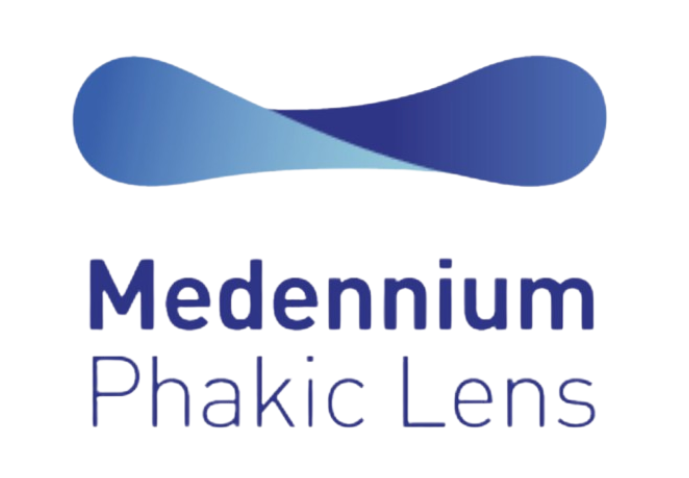What is MPL?
Discover MPL™


MPL™ is a state-of-the-art, premium implantable contact lens (ICL) engineered to provide long-lasting vision correction by being carefully implanted into the eye. Unlike traditional corrective methods, MPL™ seamlessly integrates with the eye’s natural structures, offering a more permanent solution for vision correction. By working in harmony with your eye, this advanced lens enhances visual acuity and offers a stable, high-quality vision, reducing the dependency on glasses or contact lenses.
Unlike other ICLs, MPL™ is designed from exceptionally soft and biocompatible silicone, allowing it to float in the eye’s sulcus, stabilizing its position without touching the surrounding anatomy


















